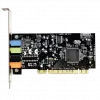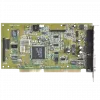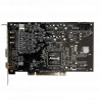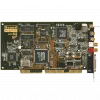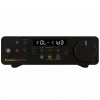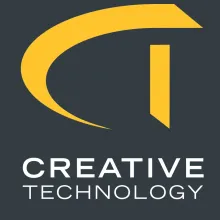
Creative began as a computer repair shop, where Sim developed an add-on memory board for the Apple II computer. Later, they started creating customized PCs adapted in Chinese. A part of this design included enhanced audio capabilities, so that the device could produce speech and melodies. The success of this audio interface led to the development of a standalone sound card. In 1987.

